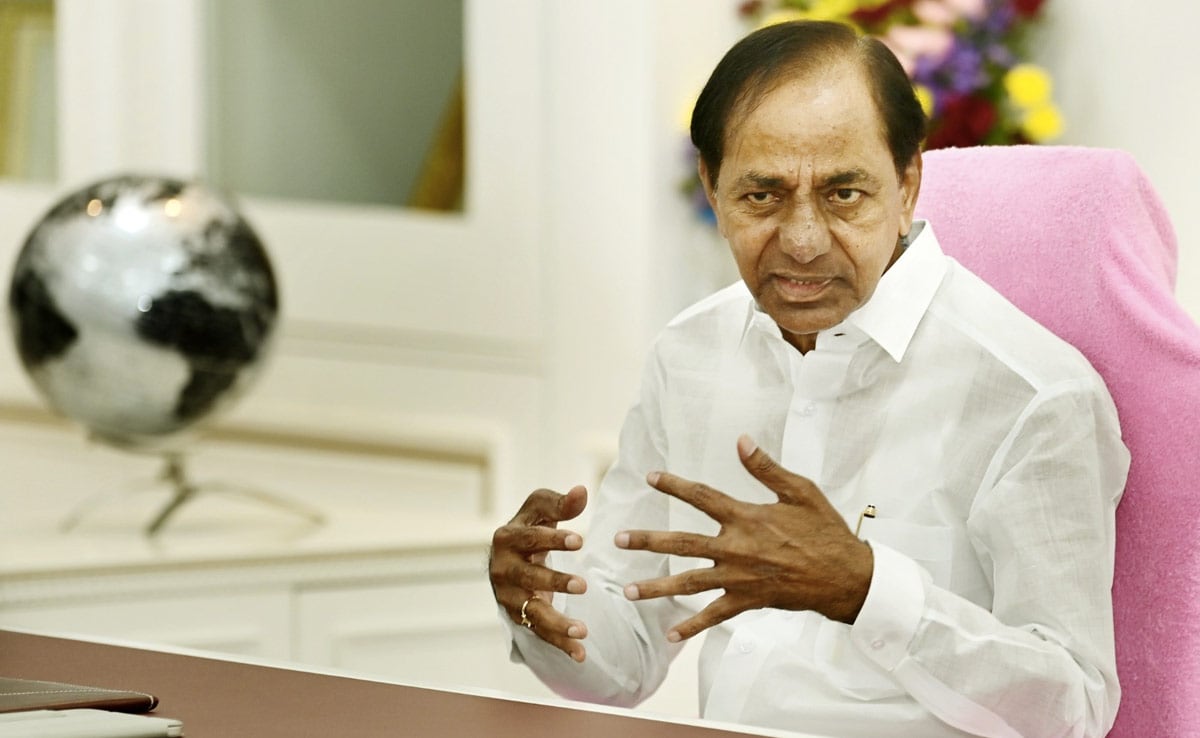Six months ago, few leaders, even in the Congress and the INDIA alliance, would have thought that the mighty K Chandrashekar Rao (KCR) and his Bharat Rashtra Samithi (BRS) would be defeated in Telangana. However, electoral politics is a great leveller and data shows that KCR, still a phenomenon in urban areas, was voted out by the rural voters.
In 80 of the 119 seats of Telangana classified as rural, the Congress trounced the BRS and won 56, compared to only 15 in 2018. The BRS won 62 in 2018, but could manage only 19 this time – down 43 seats. Given that 60 is the majority mark in the state, the scale of the rural win for the Congress is the singular factor that led to its victory.
It’s not just agrarian discontent – family rule, focus on Hyderabad added to the two-term anti-incumbency. It is not that the BRS government did not do anything for rural areas, just that their narrative of economic growth suggested a greater urban bias. Much like the way the Telugu Desam Party was undone in 2004. Then it was Chandrababu Naidu, widely regarded as the one who envisioned modern-day Hyderabad as a global city, who was undone by the rural voters. KCR and his son KT Rama Rao – the number two in his cabinet and the suave and erudite IT minister – have made the same mistake.

The Urban – Rural divide gets starker when you see the results in the Greater Hyderabad region. Of the 24 seats, the BRS won 16. Asaduddin Owaisi’s All India Majlis-e-Ittehadul Musalmeen (AIMIM) had its stranglehold over seven seats in Hyderabad. The BJP could win only one seat and the Congress was routed. The Congress had won two seats in 2018 and both the winners shifted to the BRS. They won as BRS candidates this time.
However, in the eight urban seats outside the Greater Hyderabad region, the Congress gained three seats and the BRS lost three. This may suggest that the more one moves out of Hyderabad, the weaker the BRS becomes.


The state can be broadly divided into northern districts like Adilabad, Nizamabad, Warangal and Karimnagar, which are traditional BRS strongholds, and southern districts like Khammam, Nalgonda and Mahbubnagar, which are traditional Congress areas.
In fact, the northern districts were areas where Left parties had a strong presence. These later became the bastion of the Telugu Desam Party from which the KCR split to form the Telangana Rashtra Samithi or TRS (later renamed as Bhartiya Rashtriya Samiti) in 2003.
The Congress and the BJP have breached this BRS bastion. Of the 17 seats in the region – the BRS won all in 2018 – the Congress won nine this time, and the BJP three, reducing the BRS to five. The BJP is making inroads in this area at the cost of the BRS. This is a major worry for the regional party, especially ahead of the 2024 Lok Sabha polls.
In the three southern districts that have been analysed, the Congress swept all 14 seats, and the BRS, which won eight in 2018, was wiped out.


So, the Congress swept its strongholds and raided into the BRS heartland along with the BJP. Only the capital city held firm with the BRS.
The only solace for the BRS is that the Congress is just five more than the majority mark, which has led to nervousness within the national party over fears of poaching. The Congress will certainly spend its energies on keeping the flock together, with inherent contradictions within and many aspirants for the Chief Minster’s post.
This gives space to the BRS to play the role of a strong opposition in the state, but it’s a tough road ahead. The regional party is caught between the national might of the BJP, a resurgent Congress in the south, corruption allegations and the Enforcement Directorate case into Delhi liquor case allegations against KCR’s daughter Kavitha Kalavakuntla.
How KTR and KCR play their cards now could well determine the future of the regional party.
(TM Veeraraghav is Executive Editor, NDTV)
Disclaimer: These are the personal opinions of the author.




